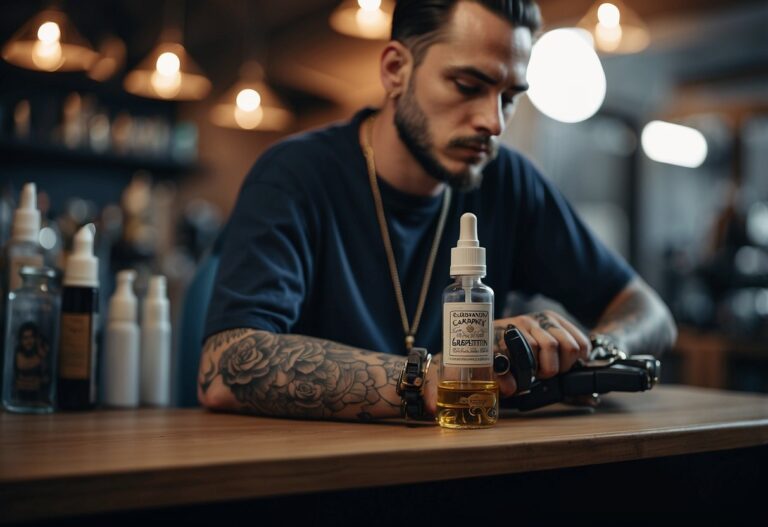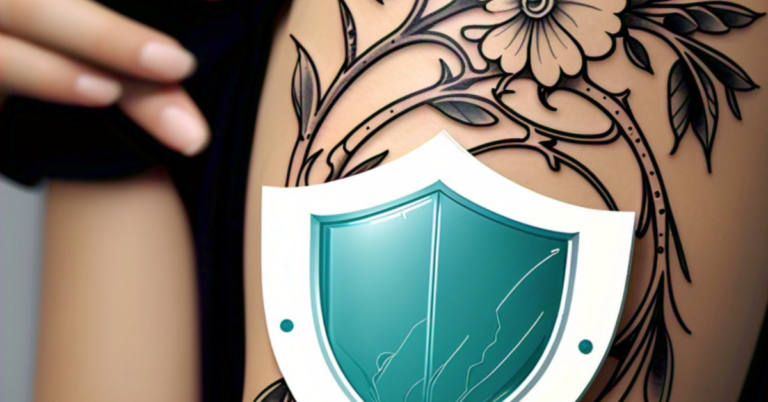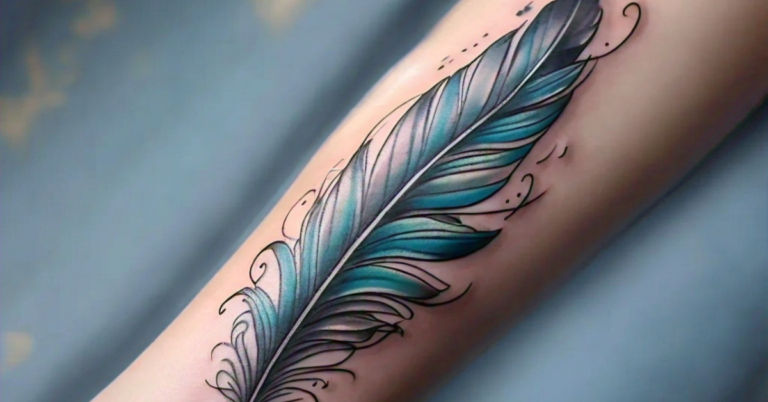Can I Take Gabapentin Before a Tattoo? What You Should Know
Thinking about getting a tattoo and wondering if a little help from Gabapentin might ease the pain? It’s a question many people ask, especially when gearing up for their first session under the needle. Gabapentin is an anticonvulsant medication used to treat nerve pain, and while it may offer some relief, it is not typically recommended unless specifically advised by your doctor.
Before you decide, it’s important to consider what experts say. Some feel that Gabapentin can reduce anxiety, helping you relax during the tattooing process. Others caution against it unless you have a real medical need for the medication. Remember, tattooing is a voluntary procedure, not a medical one, so it’s wise to weigh the options carefully.
For those considering over-the-counter painkillers like ibuprofen or aspirin, you should know that most tattoo artists recommend avoiding them. These medications can thin your blood, potentially leading to increased bleeding during the tattoo process.
Key Takeaways
- Gabapentin is not usually recommended for tattoo pain unless advised by your doctor.
- It may help reduce anxiety but be cautious about medical advice.
- Avoid OTC painkillers before a tattoo to prevent increased bleeding.
Understanding Gabapentin
Gabapentin is a prescription medication, often used to treat nerve pain and seizures. Let’s dig into what it is, how it manages pain, and its specific role in treating nerve pain.
What Is Gabapentin?
Gabapentin is an anticonvulsant medication. It was originally designed to treat epilepsy (seizures) but has found a wide range of uses over time. It comes in forms like capsules, tablets, and liquid.
Doctors might prescribe it for:
- Epilepsy
- Nerve pain
- Migraines
It affects chemicals and nerves in the body that cause seizures and some types of pain. This makes it versatile, but it’s not a general painkiller like ibuprofen or acetaminophen.
Uses in Pain Management
Gabapentin is commonly used to manage different types of pain, especially nerve pain. It’s not your go-to for headaches or after a gym injury; it’s specified for chronic nerve pain.
Doctors often prescribe it for:
- Postherpetic neuralgia (pain after shingles)
- Diabetic neuropathy (nerve pain due to diabetes)
While it doesn’t cure these conditions, it can make the pain more manageable.
Gabapentin and Nerve Pain
Gabapentin is especially useful for nerve pain. It changes how your body senses pain and can help with specific conditions that cause chronic discomfort.
Example conditions include:
- Shingles: Pain from shingles can persist even after the rash is gone.
- Diabetes: Many diabetics suffer from neuropathy, which gabapentin can help ease.
It’s important to note that you should always discuss with your doctor before starting or changing dosage. Side effects like dizziness, fatigue, and coordination problems can occur, making professional guidance essential.
Gabapentin Before Tattooing
Before deciding to take gabapentin before your tattoo, it’s important to consider several factors: consulting with a healthcare provider, understanding pain tolerance and relief, recognizing potential risks and precautions, and following proper aftercare and healing processes.
Consulting with a Healthcare Provider
Before taking gabapentin for your tattoo, always talk to your doctor. Gabapentin is an anticonvulsant medication, not a typical painkiller, and its effects can vary. Your healthcare provider can give personalized advice based on your medical history and other medications you might be taking. This is important for ensuring your safety during the tattooing process. A quick consultation can help you weigh the benefits and potential risks of using gabapentin.
Pain Tolerance and Pain Relief
Getting a tattoo can be painful, and gabapentin might help some people by reducing nerve pain and alleviating anxiety. Tattoos involve a needle penetrating the skin repeatedly, which can be uncomfortable. Some people find that gabapentin lessens the pain, making the experience more bearable.
For others, over-the-counter pain relievers like acetaminophen or ibuprofen might be enough. Gabapentin isn’t a traditional painkiller, so its effectiveness for tattoo pain can vary widely. Monitoring your pain sensitivity and discussing pain management options with your tattoo artist and healthcare provider can provide additional support.
Risks and Precautions
Taking gabapentin comes with certain risks, including side effects like dizziness and drowsiness. These can impact how you feel during the tattoo session. Be sure to let your tattoo artist know if you are on gabapentin, as it might affect the tattooing process. Gabapentin might also interact with other medications.
Additionally, tattoos involve some degree of bleeding. Gabapentin can potentially increase bleeding risk, though this is uncommon. Discuss these concerns with your doctor to ensure a safe tattooing experience. It’s always better to be cautious and informed.
Aftercare and Healing Process
After getting a tattoo, proper aftercare is essential for ensuring smooth healing. Gabapentin doesn’t change the need for good aftercare practices. Clean your tattoo with antimicrobial unscented soap at least twice a day, and avoid scented products that can irritate the skin. Applying a thin layer of Aquaphor or similar ointment can help prevent scabbing and promote healing.
Remember to monitor for signs of infection, such as excessive redness or unusual discharge. Keep your tattoo out of direct sunlight, and avoid swimming or soaking it in water during the healing period. By following these steps, you’ll help your tattoo heal beautifully while minimizing any complications.







